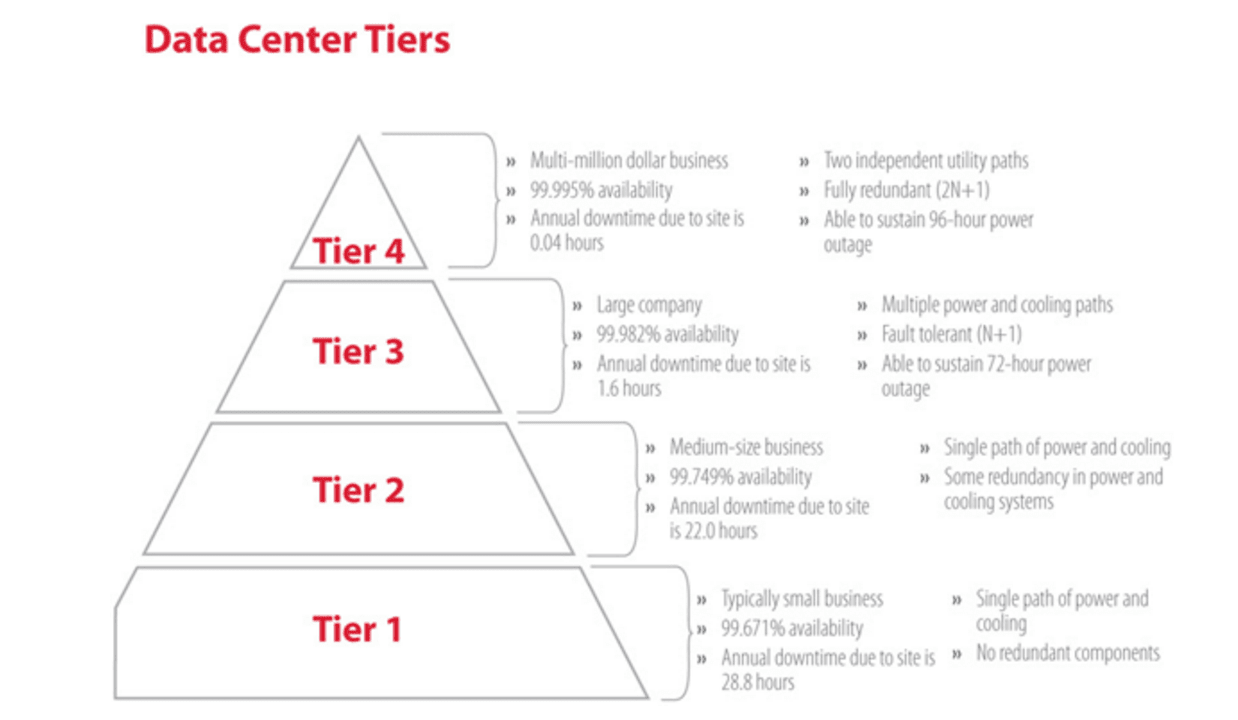If a Company Goes Bust Who Pays Redundancy? Legal Insights for UK Employees
If a Company Goes Bust Who Pays Redundancy? Legal Insights for UK Employees
Blog Article
Checking Out the Operational Dynamics of Company Redundancy and Its Long-Term Sustainability

Redundancy Approaches for Organization Continuity
In order to guarantee continuous procedures, businesses should apply effective redundancy techniques for company connection. Redundancy in this context describes the replication of vital parts or features within a system to reduce the effect of possible failures. By integrating redundancy techniques, organizations can boost their resilience versus interruptions created by various elements such as natural disasters, devices failures, or cyber-attacks.
One usual redundancy strategy is the application of backup systems and information storage options. This includes creating duplicates of crucial data and systems that can be activated in situation of a primary system failing. Furthermore, companies can establish redundant communication channels and power resources to maintain connectivity and procedures during unpredicted events.
Moreover, cross-training staff members to carry out several duties within the company can act as a beneficial redundancy technique. If crucial personnel are inaccessible due to illness or other reasons, this makes certain that vital jobs can still be carried out also. Overall, reliable redundancy approaches are vital for services to promote operational connection and minimize the impact of potential disturbances.
Impact of Redundancy on Organizational Strength
Offered the crucial role redundancy strategies play in guaranteeing service connection, exploring the effect of redundancy on business strength ends up being necessary for recognizing the holistic functional characteristics of a firm. Redundancy, when strategically applied, can significantly add to improving an organization's resilience in the face of unexpected difficulties.
In addition, redundancy can reinforce employee spirits and self-confidence, knowing that there are backup strategies in area to resolve unanticipated circumstances. This feeling of protection can lead to enhanced performance and a more favorable workplace. In addition, redundancy can cultivate advancement and creative thinking within an organization as staff members really feel encouraged to take computed threats, understanding that there is a safeguard to support them in situation of failing. In general, the influence of redundancy on organizational durability is profound, shaping the lasting sustainability and success of a company.
Balancing Efficiency and Versatility in Redundancy
Achieving an unified balance between functional performance and adaptive adaptability is a pivotal difficulty in the tactical implementation of redundancy within organizations. Effective procedures are crucial for keeping productivity and cost-effectiveness, making certain that sources are made use of optimally. Nonetheless, extreme focus on performance alone can cause rigidness, making it hard for organizations to adapt to unforeseen changes or difficulties. On the other hand, versatility allows organizations to respond nimbly to evolving circumstances, fostering innovation and strength. Yet, excessive adaptability without a solid operational foundation can cause inadequacies and variance.
To stabilize performance and adaptability in redundancy preparation, organizations have to very carefully assess their functional demands, market dynamics, and calculated objectives. Ultimately, discovering the right equilibrium in between efficiency and adaptability is crucial for developing a sustainable and durable organization in the face of uncertainty.
Long-Term Sustainability With Redundancy Planning
To make sure enduring viability and stability, companies need to purposefully straighten their redundancy preparation with long-lasting sustainability goals, thereby balancing functional efficiency with adaptive adaptability. Lasting sustainability through redundancy planning includes greater than simply temporary cost-cutting measures. It requires a comprehensive strategic method that prepares for future obstacles and chances. Firms must view redundancy not as a responsive remedy to prompt problems yet as a proactive approach for lasting success. By integrating redundancy planning with sustainability goals, organizations can create a resistant framework that can stand up to numerous market variations and interior changes.

Aggressive Procedures for Lasting Business Workflow
Exactly how can firms proactively improve their operational sustainability for long-term success? Executing aggressive steps is crucial for companies aiming to ensure lasting operations. One crucial technique is to buy innovation and innovation to streamline procedures, reduce waste, and stay competitive in the marketplace. Adopting lasting practices such as decreasing power intake, minimizing carbon footprint, and enhancing source utilization can not only profit the environment however likewise lead to set you back savings in the long run. directory
Additionally, cultivating a culture of constant improvement and understanding within the company can improve versatility to altering market problems and customer demands. Motivating employee involvement in decision-making processes and providing opportunities for professional development can boost a fantastic read morale, productivity, and overall efficiency. Establishing clear goals, keeping an eye on crucial performance signs, and routinely examining progress are crucial parts of aggressive sustainability management.
Collaborating with providers, customers, and various other stakeholders to promote sustainable techniques throughout the supply chain can develop a causal sequence of favorable effect - redundancy pay if company goes bust. By taking proactive actions in the direction of operational sustainability, business can build strength, drive advancement, and secure their lasting success in an ever-evolving service landscape
Verdict

In the world of business administration, the strategic deployment of company redundancy stands as a pivotal yet detailed practice that necessitates a fragile balance between functional efficiency and long-term feasibility. By exploring the operational characteristics that underpin company redundancy and evaluating its wider ramifications for business strength and adaptability, a nuanced understanding of how redundancy methods can shape the future trajectory of a business starts to unfold.Provided the essential function redundancy approaches play in guaranteeing company continuity, discovering the influence of redundancy on business durability ends up being essential for comprehending the alternative functional dynamics of a firm. Overall, the impact of redundancy on business strength is extensive, forming the long-term sustainability and success of a Recommended Site firm.
In verdict, comprehending the functional characteristics of company redundancy is vital for guaranteeing long-term sustainability.
Report this page